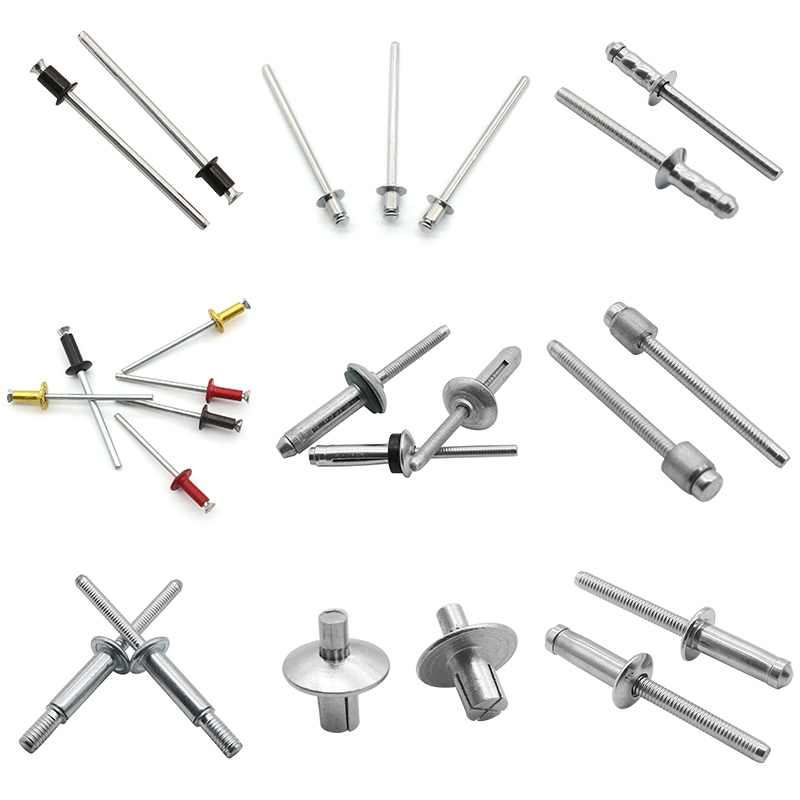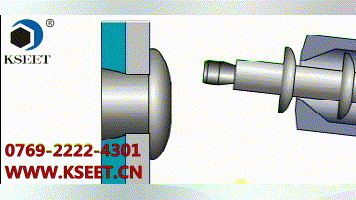Exploring the Design Principles of Blind Rivets
Blind rivets, also known as pop rivets, are innovative fasteners widely used across industries for joining materials together in applications where access to the back of the joint is limited. Understanding the design principles behind blind rivets is essential for engineers and manufacturers seeking efficient and reliable fastening solutions.

Design Principles:
Blind rivets are comprised of three primary components: the rivet body, the mandrel, and the head. The rivet body is a hollow cylindrical shaft with a flange at one end, while the mandrel is a thin rod-like structure inserted into the rivet body during installation. The head of the rivet remains visible after installation and provides a finished appearance.

Functionality:
During installation, a riveting tool pulls the mandrel through the hollow rivet body. As the mandrel is pulled, it deforms the end of the rivet body, causing it to expand and grip the materials being joined securely. Once the mandrel reaches its predetermined break point, it breaks off, leaving the expanded rivet body firmly in place, creating a strong and permanent connection.
Applications:
Blind rivets find applications in various industries, including automotive, aerospace, construction, and electronics. They are particularly useful for joining materials where access is restricted or when only one side of the joint is accessible. Common applications include securing panels, attaching components, and joining structural elements.

Advantages:
Blind rivets offer several advantages over traditional fastening methods, including ease of installation, versatility, and cost-effectiveness. They eliminate the need for access to both sides of the joint during assembly, reducing assembly time and labor costs. Additionally, blind rivets provide a secure and reliable connection, even in high-vibration environments.
Conclusion:
Blind rivets are indispensable fasteners that have revolutionized the assembly process in various industries. By understanding their design principles and applications, engineers and manufacturers can leverage the benefits of blind rivets to achieve efficient and robust joining solutions for their projects.








